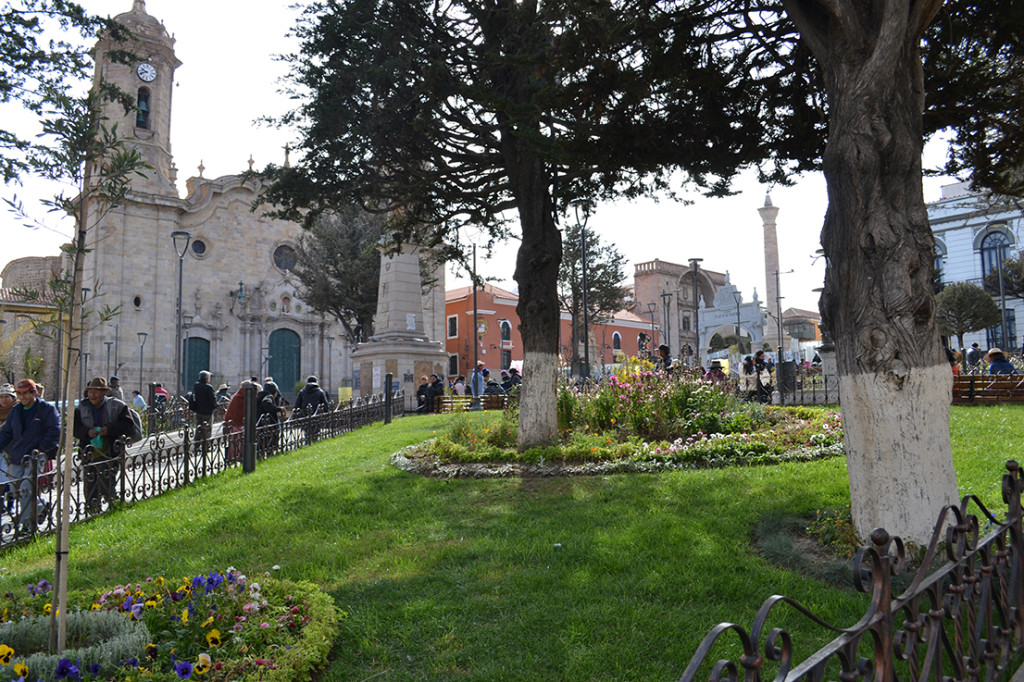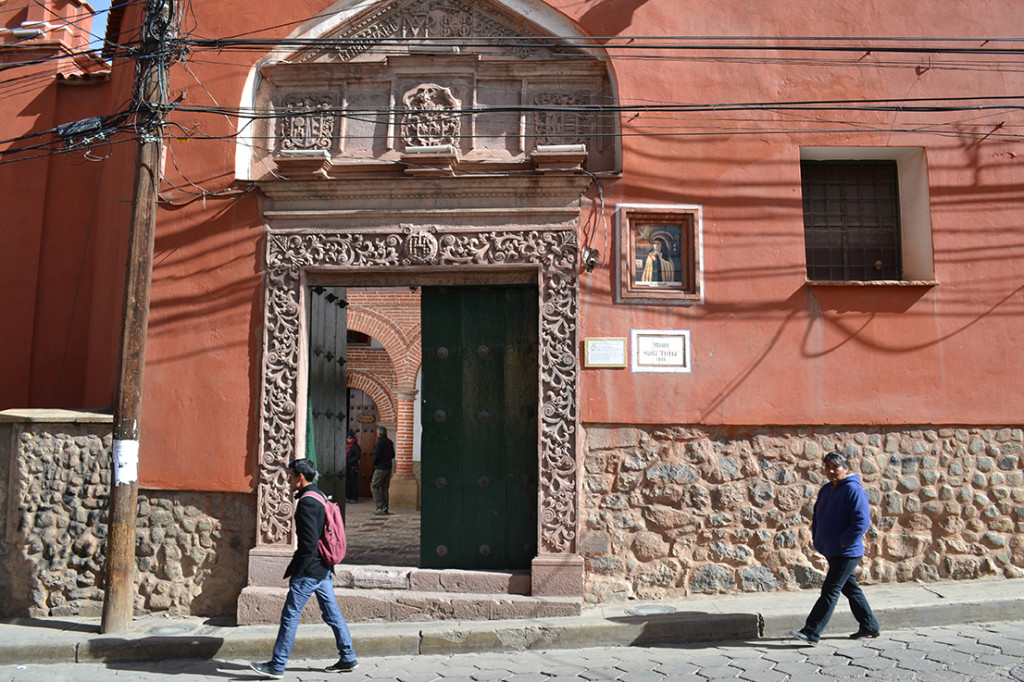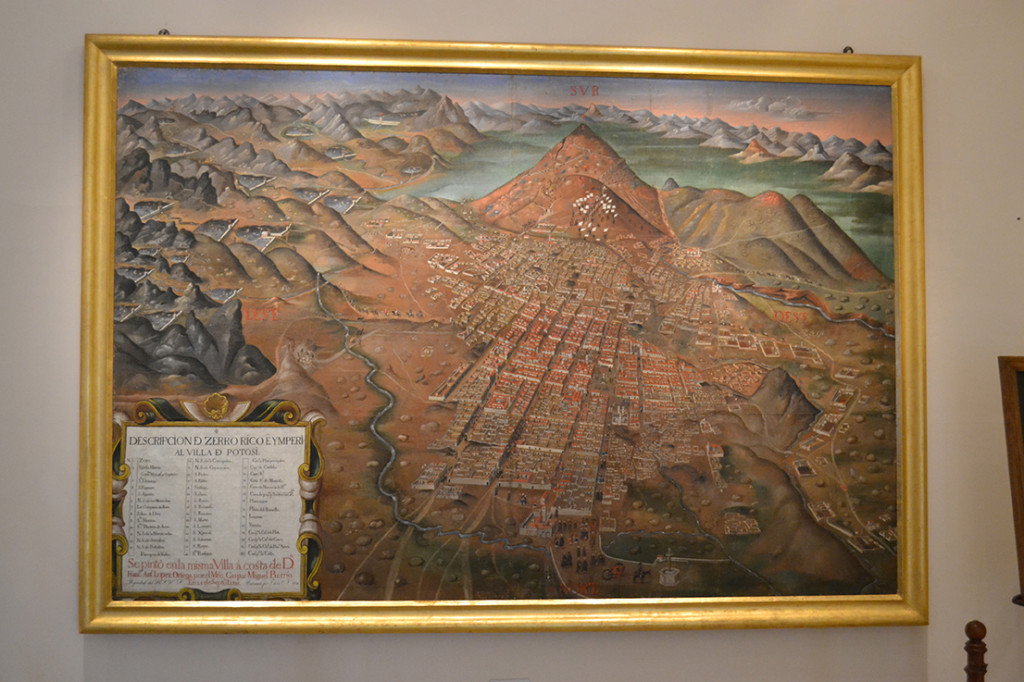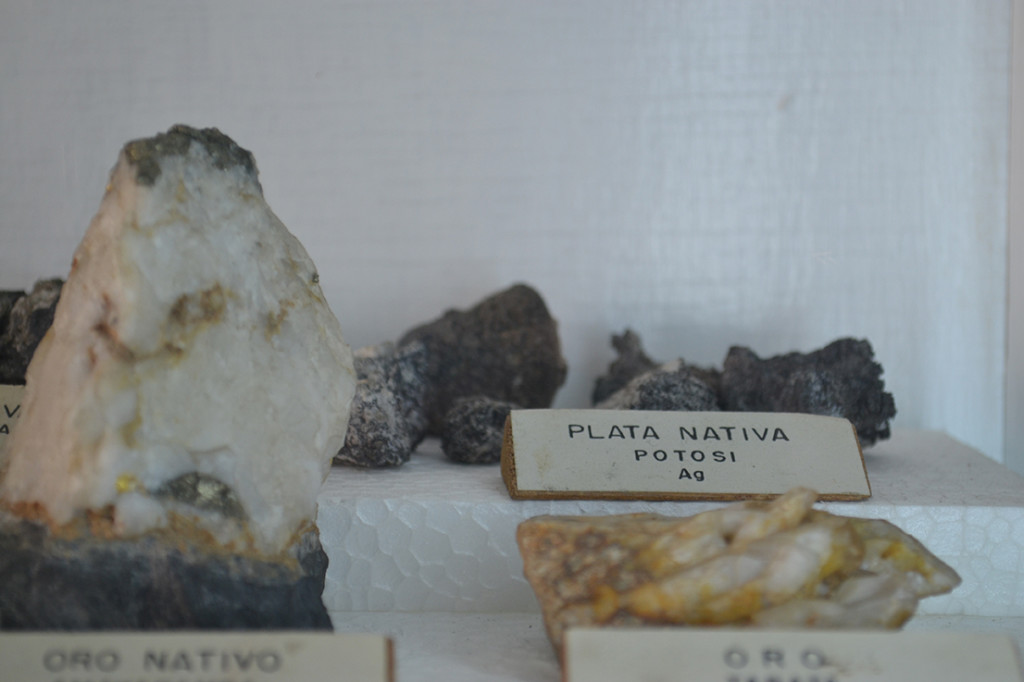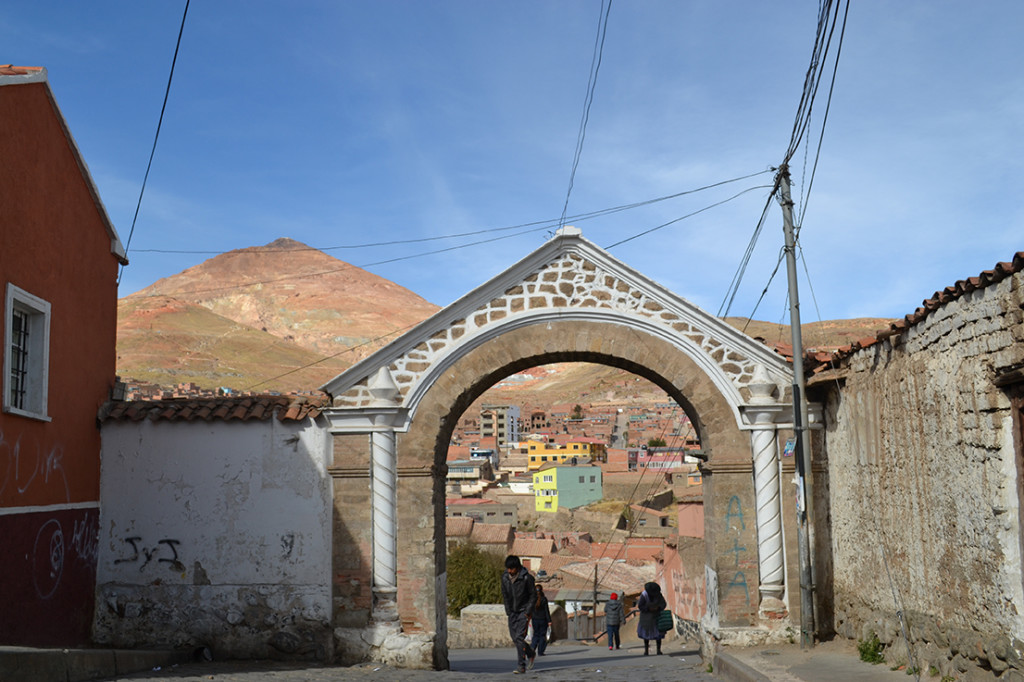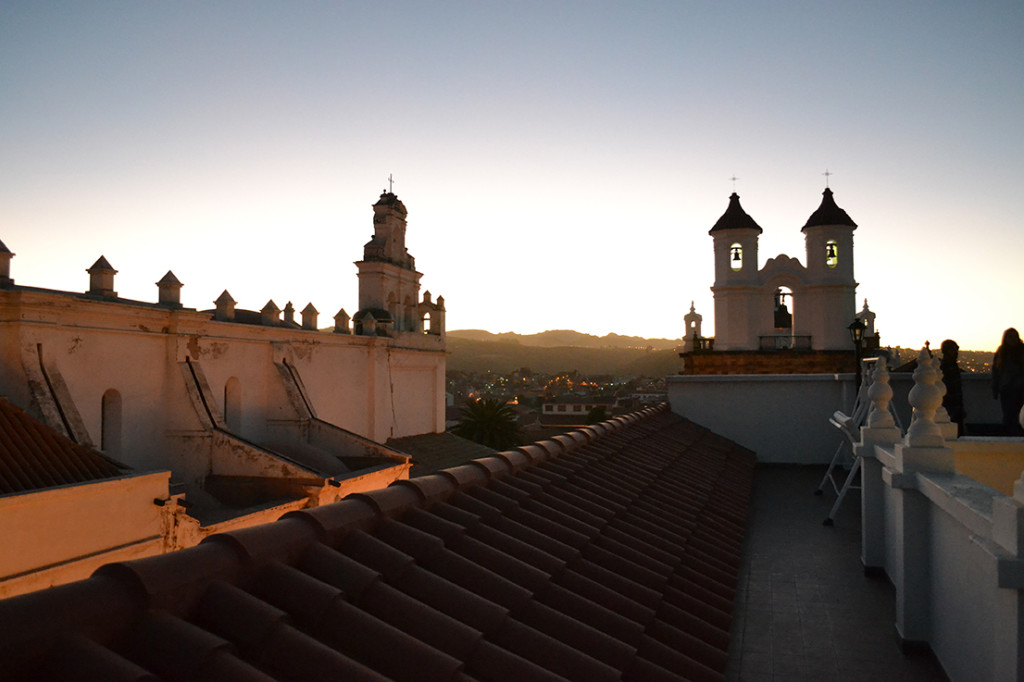Agnieszka Anna Ficek
Grant awarded Spring 2015
In Search of the Silver City: Finding Gaspar Miguel de Berrio’s Potosi (Bolivia, Summer 2015)
As soon as I stepped off the plane in La Paz, after a long flight from JFK with three layovers, I immediately felt the light-headedness and dull ache caused by the lack of oxygen at 12,000 feet above sea level. I was in Bolivia to gather information about Potosí, the former ‘Silver City’ of the Spanish Empire, and it’s two most famous colonial painters; Melchor Pérez de Holguín and Gaspar Miguel de Berrío. My master’s thesis, entitled “Performing Conquest and Resistance in the Streets of Eighteenth-Century Potosí”, is based on ideas of race and class within the colonial Andes and how these were performed in society and represented in visual culture. Focusing on two paintings; Entry of the Viceroy Archbishop Morcillo by de Holguín and Description of the Cerro Rico and the Villa Imperial by de Berrío, I travelled into the heart of Bolivia to retrace the steps taken by the viceroy in de Holguín’s masterpiece, and to see the huge cityscape by de Berrío up close in Sucre.
In its heyday, Potosí was one of the largest cities in the world, equal in size to London, with ten times as many inhabitants as Boston at the time. The population boom in this arid city with air almost too thin to breathe was caused by the seemingly unceasing flow of silver from the Cerro Rico, or ‘Rich Hill’. There is no way to calculate exactly how much silver was taken from the Cerro Rico, but in Bolivia, it is said that the Spanish could have built a silver bridge from Potosí to Madrid and still have silver left to carry over. The mining boom created great wealth and funded masterpieces by some of the best colonial painters (like de Holguín and de Berrío) but at the cost of millions of indigenous and African lives. The locals call the Cerro Rico ‘la montaña que come hombres’ or ‘the mountain that eats men’ because, in 300 years, it is estimated that over 8 million men have been killed in the mines of the Rich Hill.
The effects of this human and environmental exploitation can still be felt today. When I arrived in Potosí, after 3 days of travel, I was caught in the middle of mining protests against the continued exploitation of miners, meagre wages and safety precautions that seem straight out of Dickens novel. Potosí is barely a shadow from the economic powerhouse it once was. With all the silver gone, the miners, some as young as ten, scrape through the Cerro Rico for residual titanium and zinc.
In between protesters’ dynamite and road blocks, I found the route of the viceroy in de Holguín’s painting, and in the safety of Sucre saw the masterpiece by de Berrío. My research was profoundly impacted by finding obscure sketches in dusty old museums and hints about the artists in messy archives, but my trip to the Silver City also left a lasting impression about the realities of global consumerism, which was born with the greed of conquistadors searching for El Dorado, or, as it were, Potosí.


